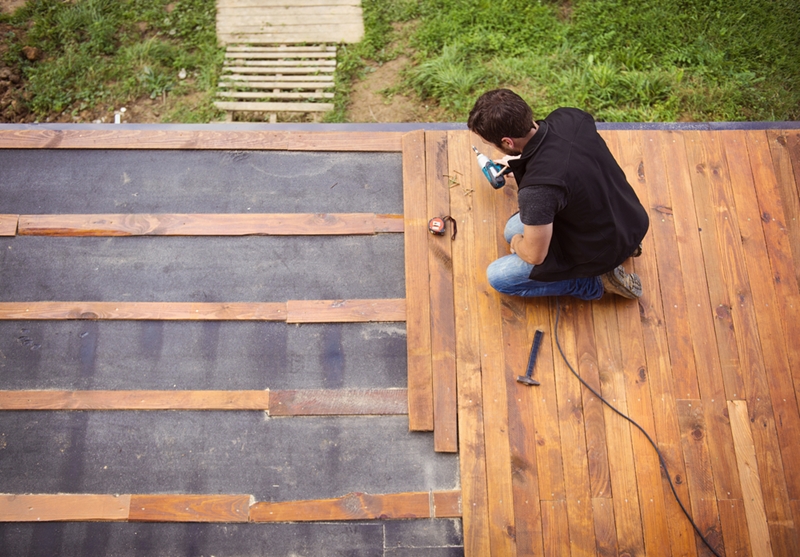What type of floor sander do I need?
Archive
Once you've made the decision to tackle your floor sanding, the next step is to find a product that's up to the job. After doing a little research, you'll soon start to find that your options are hardly limited - which is where some expert knowledge will really come in useful.
Firstly, you'll need to work out how you're going to tackle the project before locating the right product for the job. The choice you make will depend on all sorts of factors, including the size of the area, the type of wood and what sort of finish you want to achieve.
There might be occasions when you need to tackle harder surfaces.
Remember that if you're ever unsure of how to sand a floor, experts are on hand to talk you through the process and recommend any products you might need.
Tackling softer materials
If your floor is made from cork or parquetry, you'll need to hire a sander that's suitable for softer surfaces. Too coarse a sandpaper might cause irreversible damage, so it's best to select an orbital floor sander that's been designed for this type of surface.
One of the benefits is that the floor sander will glide across the entire floor, so you don't have to worry about missing any spots. If one area needs more attention than others, simply apply a little more pressure and it should do the job just fine!
Getting into the hard stuff
There might be occasions when you need to tackle harder surfaces. A product such as the orbital floor sander may not be the best choice, which is why you'll need to look at something more industrial.
Whether you're stripping back hardwood or preparing your existing flooring for a new surface, it's worth considering a floor sander. This easy-to-use product even comes with an integrated dust bag so you don't have to worry about creating too much debris.

Small and perfectly formed
In the event that the area you're tackling is fairly compact, a large floor sander won't quite be up to the job. Instead, you might want to consider a handheld sander so you've got complete control.
It's ideal for sanding staircases, decking areas and the edge of floors - basically anywhere you might find it difficult to use a larger sander. This piece of machinery is lightweight but not afraid of hard work, so providing you know how to use it correctly, you should see that it creates excellent results.
